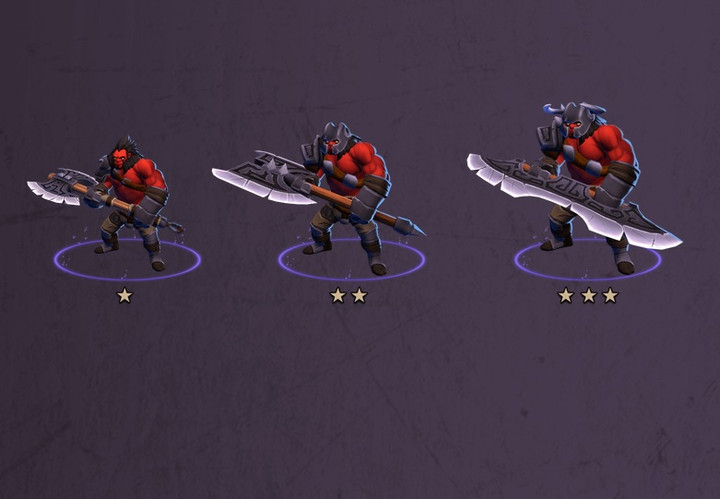The autobattler genre took the world by storm in early 2019 as Dota 2’s Auto Chess mod racked up incredible player (and viewing) numbers seemingly out of nowhere. The reimagination of an old Warcraft 3 mod sparked a veritable gold rush in the industry as Riot, Valve and others all developed their version of the game, with varying degrees of success.
At the time of writing, Teamfight Tactics sits on 22 000 viewers on Twitch, sandwiched between Overwatch and slots gambling. Meanwhile, Dota Underlords is on a miserly 1.7k concurrent viewcount, while Drodo’s Epic-exclusive version is still languishing in closed beta. Who would have thought that Hearthstone’s side mode would be the most watched autobattler at the end of 2019?
In fact, digital card games like Blizzard’s genre-defining title seemed like the main victims of the emergence of autobattlers, titles which mostly scratched the same itch in a playerbase primed for slower, more strategic gameplay: a plethora of decision points with non-stop opportunities to improve your composition, yet with enough variance and spectacle in the automatic battle portion to make the gameplay experience varied enough.
Drodo Studios’ original Dota 2 mod racked up over eight million players by May, a meteoric rise from out of nowhere, even with the fertile ground of the base game’s playerbase to build on. No wonder many big developers decided to get in on the action – but it’s becoming clear that this initial burst of interest was unsustainable, with player and viewer numbers receding to a still respectable, but nowhere near top tier level.
What seems to be the issue? In a way, autobattlers are the victims of their own success. With a veritable swarm of tryhards trying out the game (and the cottage industry of guide content creators following suit), much of the strategy can be mapped out beforehand, even with the variance of the actual battles. It makes sense that a small-scale mod doesn’t have such level of intricacies that in can sustain this level of scrutiny. It’s also fairly tough to stand out from this crowd, where the basic ruleset is so similar across the games by design necessitates similar gameplay across the different titles. Often, it’s the knowledge required that does this particular job, with your success rate in the original Dota 2 mod drastically reduced without a good understanding of the game’s heroes – and you could argue the same about other titles as well.
The reliance on existing IPs can also be a problem, simply because it limits your opportunities to shake things up. With Hearthstone’s Battlegrounds mode – a predictably simple yet surprisingly effective take on the autobattler gameplay – Team 5 can easily rotate out heroes and units just by leaning on the title’s massive existing catalogue of cards. Even if the gameplay isn’t deep enough to warrant long-scale scrutiny, this solution is an effective one, evidenced by years of success stories from the mobile gaming scene.
In any case, it’s clear a wall’s been hit. There’s a great core gameplay experience to work with and you can’t help but feel that the current titles are only scratching the surface of what’s possible with this kind of a game. However, the longevity of autobattlers seems to be capped until a quantum leap is made, some sort of great developmental innovation which can either go two ways: a big-budget upgrade with many layers of added complexity, or something stripped down to the essentials, somewhat like Hearthstone’s Battlegrounds mode. In the meantime, the copycats get crowded out but at least the OGs have a niche to occupy. Battle royale the genre ain’t, and there’s no Fortnite story emerging from the battle of the autobattlers anytime soon.

 No ads, our video library,
No ads, our video library,

